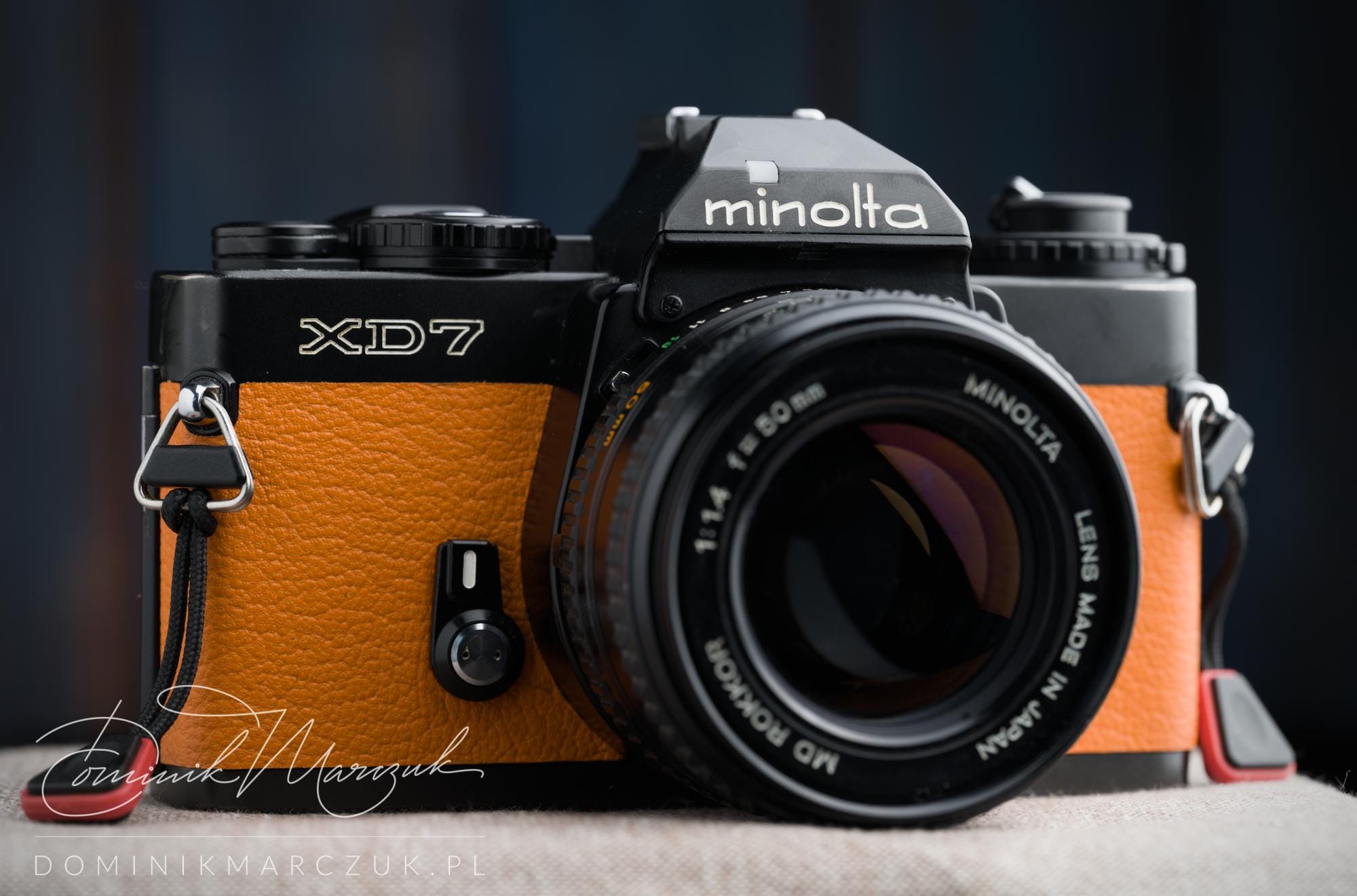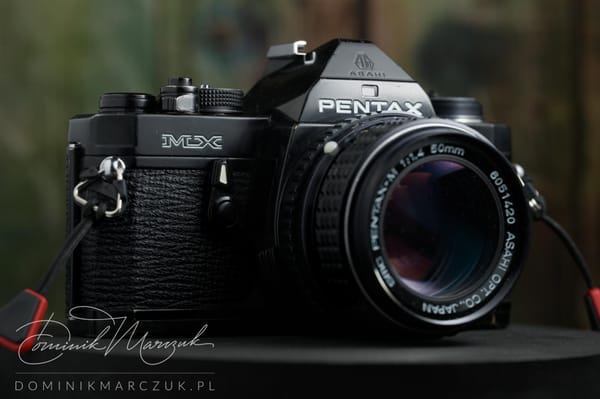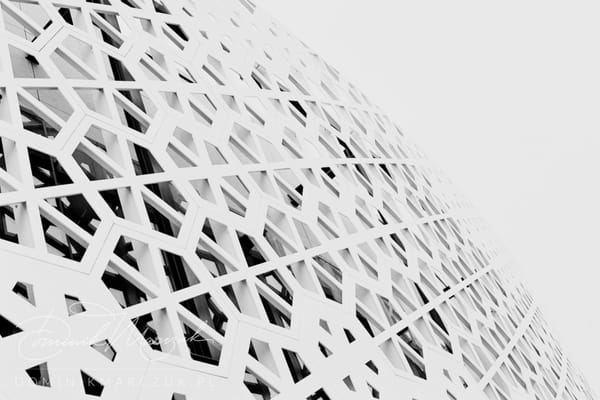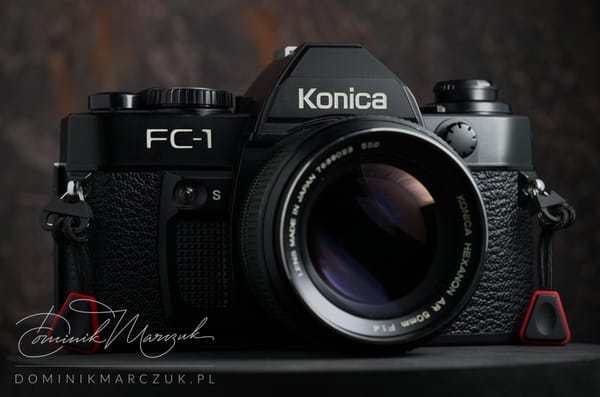My Minolta XD7 Hurdles
The Minolta XD7 is my favourite 35 mm manual-focus camera. Getting the perfect one was a pain. Here’s my story.
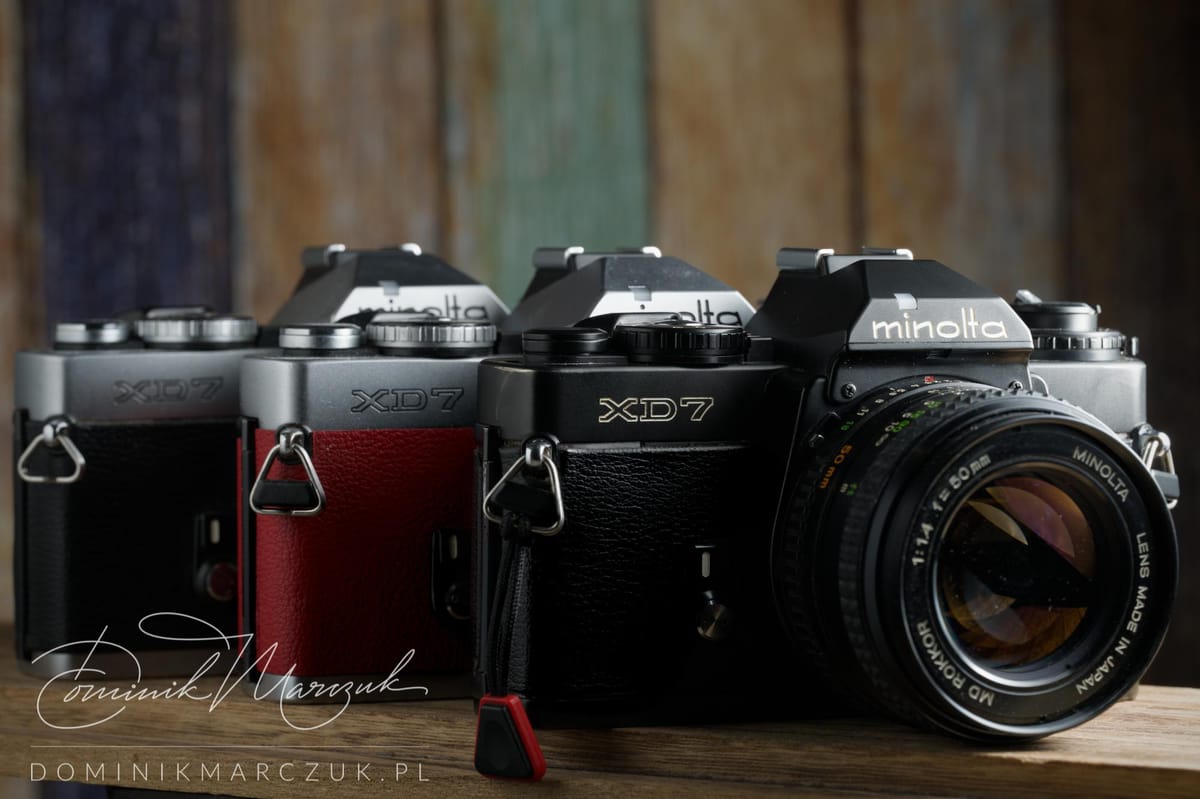
I’ve already written about the Minolta XD7. I mentioned I’d bought three units. It’s taught me a thing or two. Here’s the full story, from my first attempts at digital photography using vintage lenses to the joyous moment of holding my dream camera in my hand.
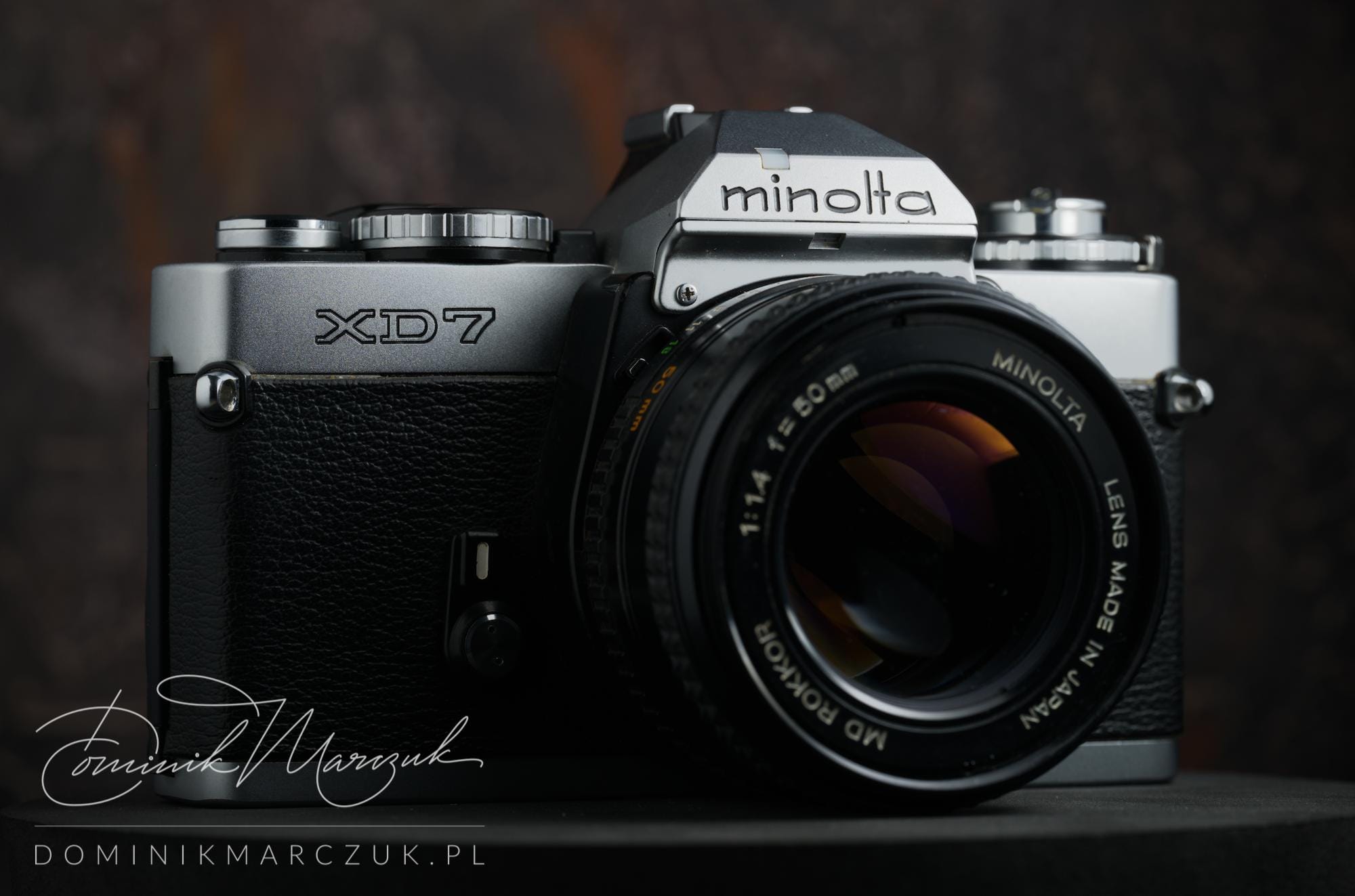
Digital
Before acquiring my first analogue camera, I shot digital. Initially with a DSLR, then with mirrorless bodies. The fun was there, but the money, not so much; I keep the hobby as unrelated to my day job as possible, and I don't make any money from it. Since my gear doesn't pay for itself, and modern lenses are expensive, I was stuck with crop-sensor kit lenses for a long time.
Buying an adapter and using a vintage manual-focus lens felt like a great move forward. It was a cheap alternative, and while modern glass outperforms its counterparts from the 70s and 80s, the difference wasn’t really visible most of the time. Sure, vintage wide-angle glass isn’t as good as what we have at our disposal nowadays, but the standard and telephoto offerings are a different story.
Sure, not all vintage glass was made equal, both in terms of quality and price. An f/1.2 lens made in the 80s still costs an arm and a leg. A 17 mm wide-angle or a 500 mm reflex both require some saving. But anything in the fairly regular 28-135 mm range with fairly unremarkable maximum apertures tends to be budget-friendly.
My Minolta “collection”, if we can call it that, began with an MD Rokkor 50 mm 1:1.7, a standard lens many new Minolta camera bodies in the late 70s shipped with. I have the older version with the 55 mm filter thread diameter. It’s one of my sharpest lenses and I’ve taken some great photos with it, two of which currently adorn my home office wall. Over time, I acquired more lenses, either made by Minolta or with the SR mount. I currently own eleven (two of which are for sale, but that’s a different matter), mostly primes, which cover the 24-210 mm territory.
That’s an admirable kit, if I do say so myself. I still don’t have a proper portrait lens due to the inflated price of 85 mm glass. Likewise, Minolta’s 24 mm and wider offerings have occupied my wishlist for quite a while; I currently resort to using Tokina’s 24 mm glass. Also, I still haven’t purchased a 200 mm prime because it’s a niche focal length for me, and therefore it’s low on my priorities list. But all in all, my current setup is more than sufficient for all my needs.
The Analogue Call
When I first decided to try analogue photography, I went with a Nikon F100, and when that turned out to require some repairs (jammed mirror), I bought a Pentax P30N.
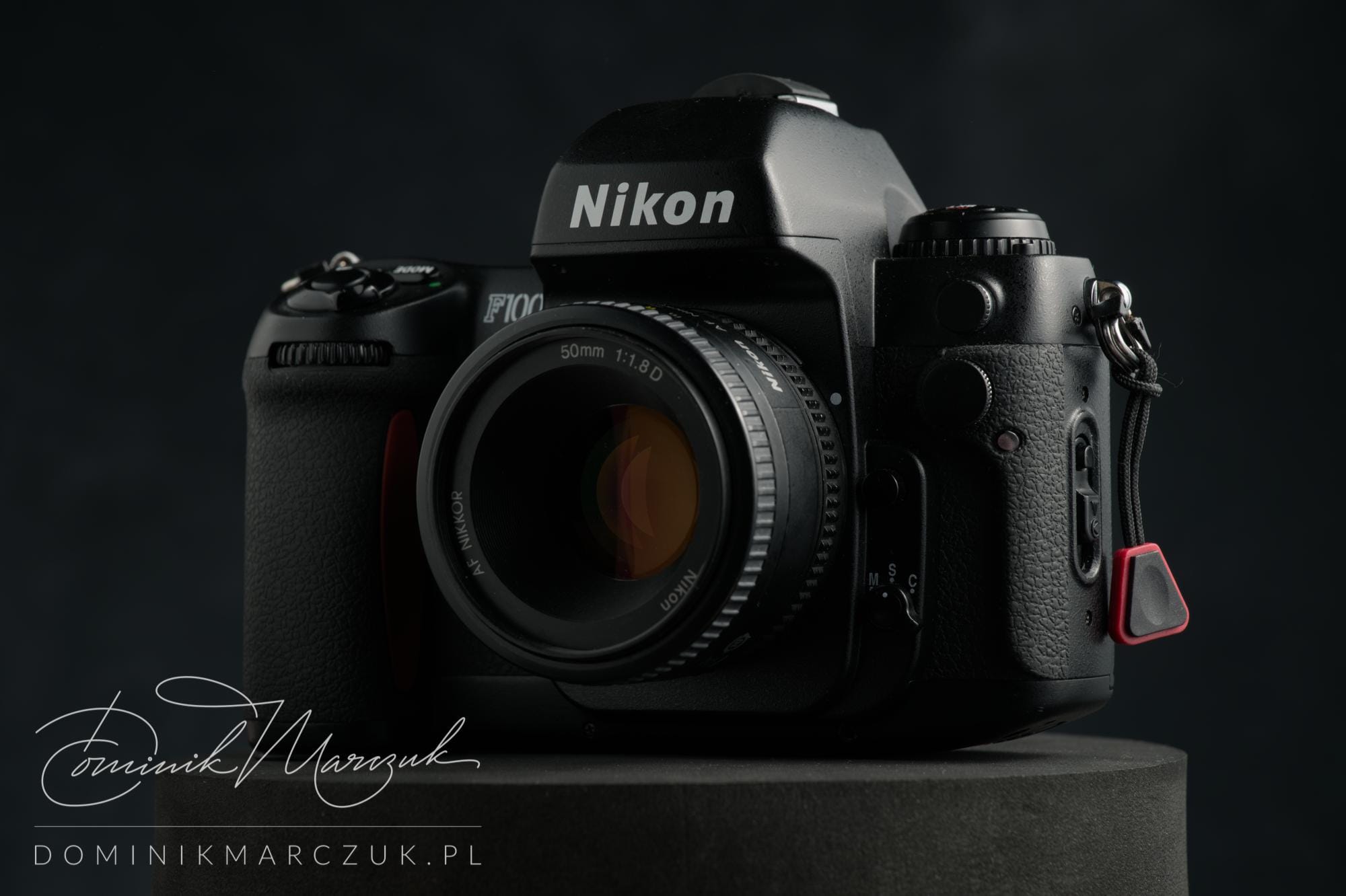
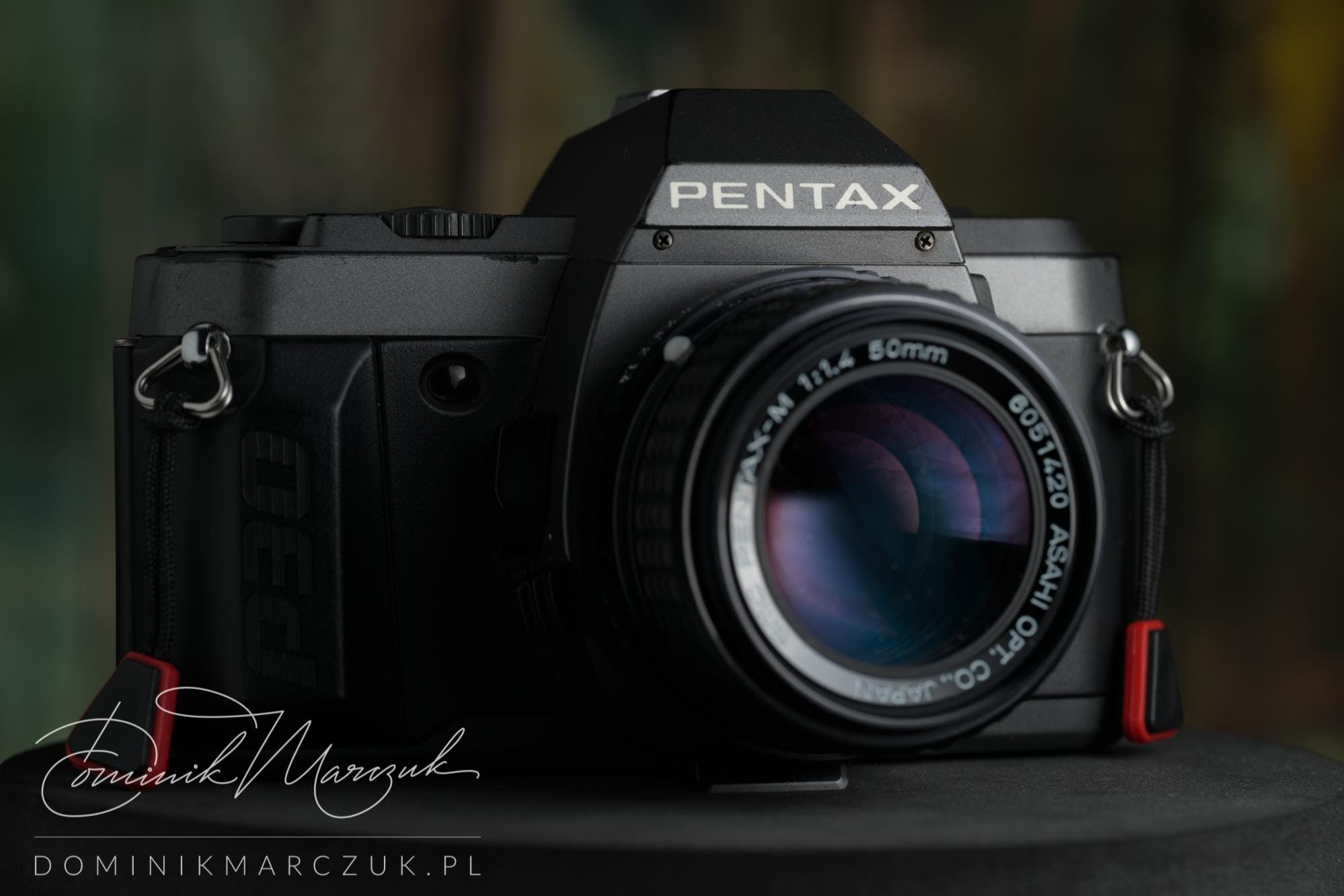
It was just a matter of time before I decided to get a Minolta body to use my wide SR mount arsenal. I only needed to do my homework and learn about all the available camera bodies.
Minolta’s lineup is confusing. It has separate version naming in Japan, the USA and Europe. This made the research tedious and full of dead ends. Eventually, I narrowed my options down to three models: the XD7, the X-500 or the X-700, with the XD7 being a clear favourite.
I wanted a camera in mint condition (don’t we all?) with a certain set of functionalities. The older SR-T has a needle-style light meter, which I don’t particularly like. Plus, it relies on 1.35 V batteries, which are not manufactured anymore, with the exception of some prohibitively expensive replacements. Any entry-level cameras were ruled out due to missing must-have features.
After some hunting on eBay, I finally found an XD7 unit described as working fine, and with an acceptable price tag.
The First Heartbreak
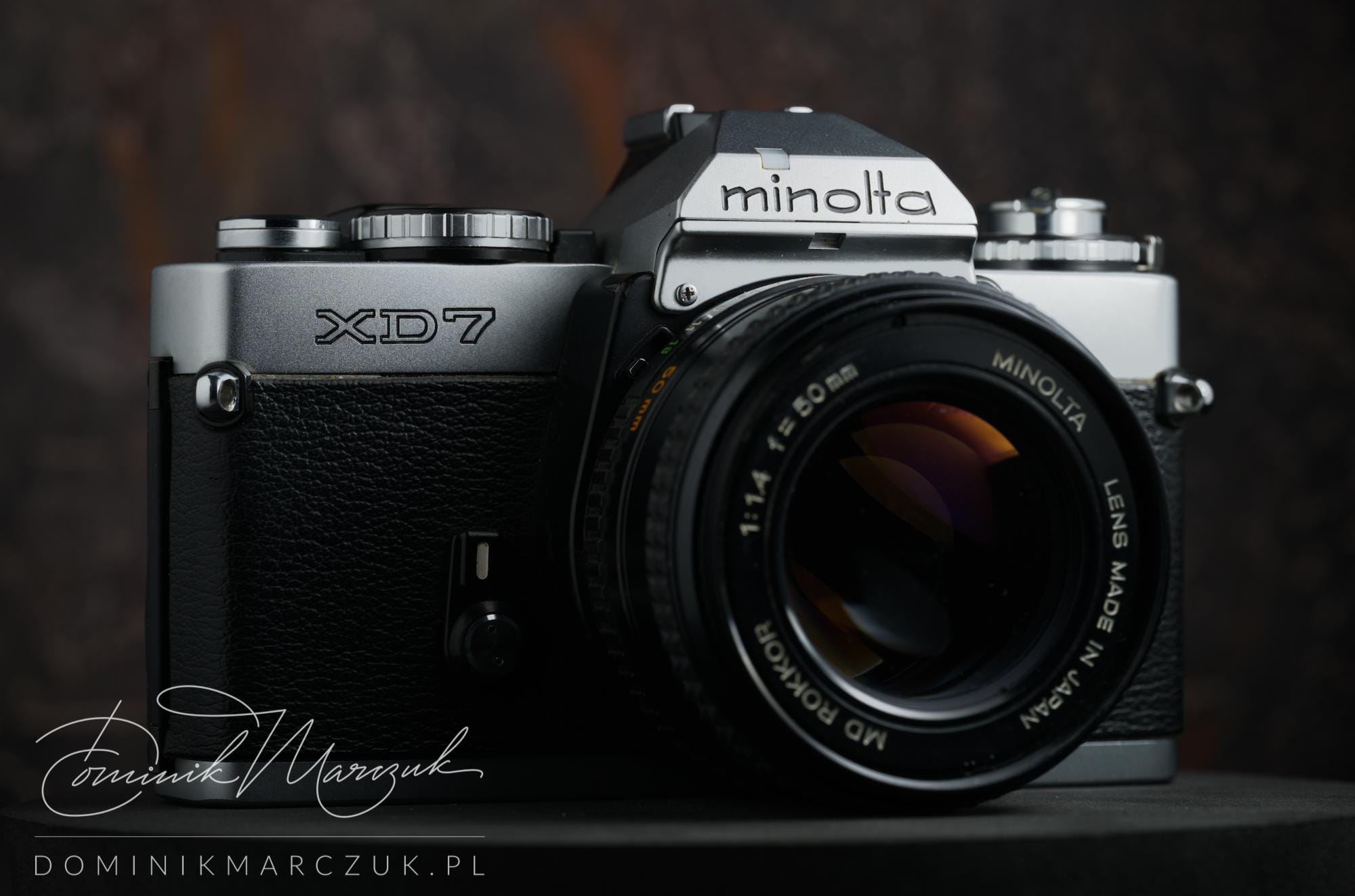
The camera arrived, and I started using it. My first film roll was like a revelation and a dream come true, all in a single silver package covered in black, slightly shrunken vinyl leatherette. Everything worked great: the light meter was precise, the self-timer was slightly sluggish but functional, and the shutter speeds were spot on.
What’s more important, the photos were great. Maybe not “great” in the sense that they constituted my best work, but at least they were sharp and well-exposed. I took the photos over the course of a week or so. I noticed an issue mid-roll: after a few days, the light meter stopped working and the shutter stopped firing. I was still able to guesstimate the exposure settings and use the mechanical 1/100 second setting, but nothing reliant on batteries worked.
At the time, I didn’t think much of it. I swapped the batteries for a fresh set and everything came back to life. Dead batteries, no big deal. Or so I believed until the camera pulled the same stunt on me again just a few days later. I replaced the batteries again. The camera was revived, only to fail again soon. I used a multimeter to verify that the batteries were completely drained. A fresh set from the same pack produced 1.5 volts without issues. This meant one thing: something was drawing power when the camera wasn’t being used.
I took the XD7 to a repair shop, and after a few weeks, the diagnosis was devastating: the electronics were damaged due to a leakage from a condenser. Nothing could be done except replacing the circuit board. I could keep shooting, but I needed to remove the batteries afterwards; otherwise, I’d burn through LR44 cells at a staggering rate.
The Second Disappointment
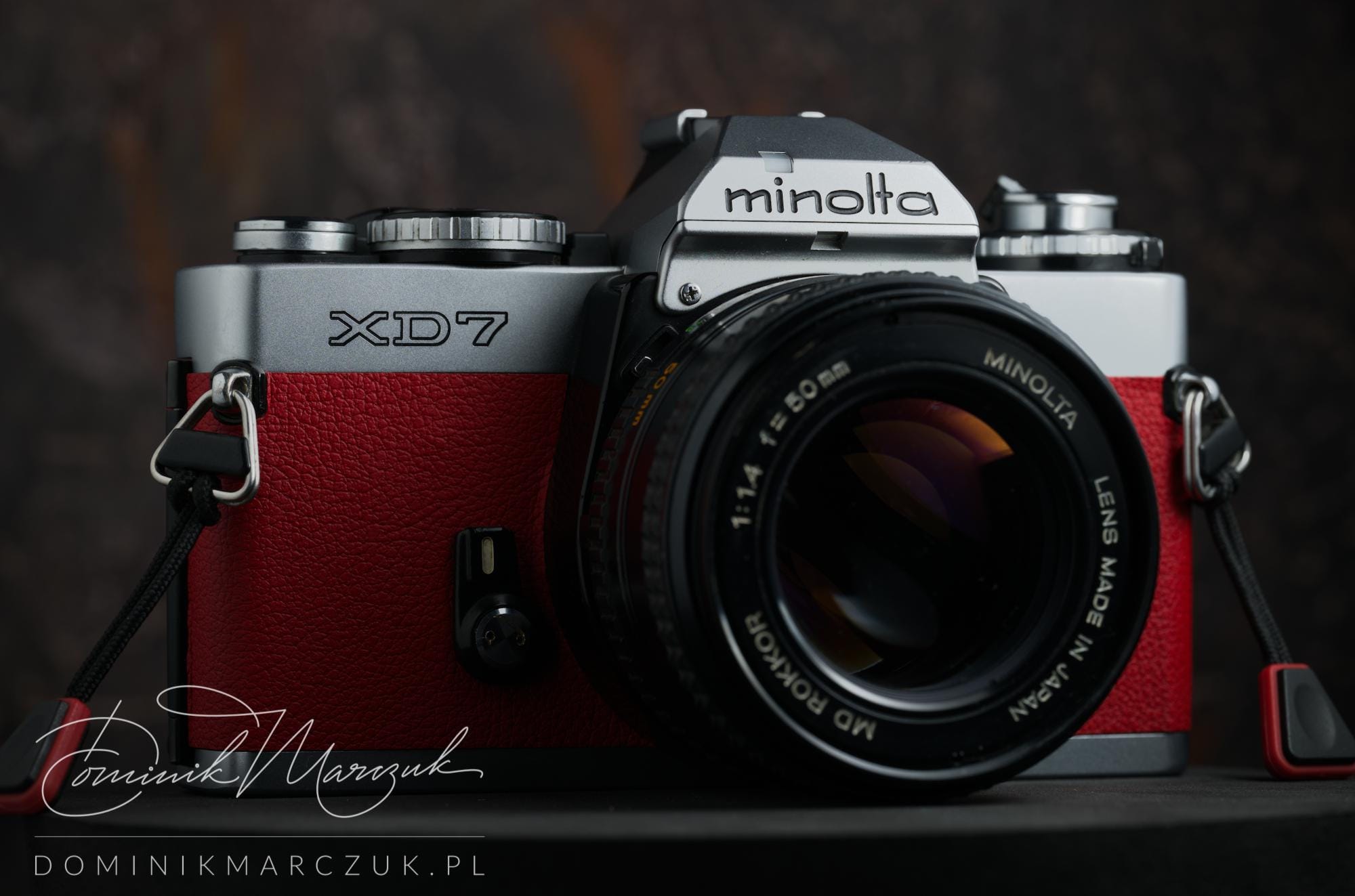
I decided to look for a donor body. My decision was firm: avoid eBay. The donor had to be a cheap, possibly slightly mechanically damaged unit, but with intact electronics. I wanted to personally verify that the electronics worked, which meant I needed to hunt for a new XD7 locally.
After some looking around, I found a cheap unit. It had issues: the self-timer was broken, and the aperture closing was sluggish. There was a notable delay between pressing the shutter button and the shutter opening, during which a silent whiz was audible. I figured it was a good fit. The camera came with an original strap, a lens in mint condition and a fully working winder unit. I didn’t need the lens or the winder, but they came as part of the package, and I could resell them to recoup 75% of the investment.
I took both cameras to the repair shop again and asked for a circuit board transplant. The technician inspected the donor unit and declared that it was actually much cheaper to fix the mechanical issues than to swap circuit boards. I rolled with it.
I received the fixed camera a few weeks later and took it for a spin. The self-timer was flawless, and the laggy aperture closing was gone. It seemed perfect. I shot two rolls of film. The photos turned out great… except they were underexposed. All of them. It wasn’t a lot, but the shadows on the two budget films I’d used lacked detail and were muddy.


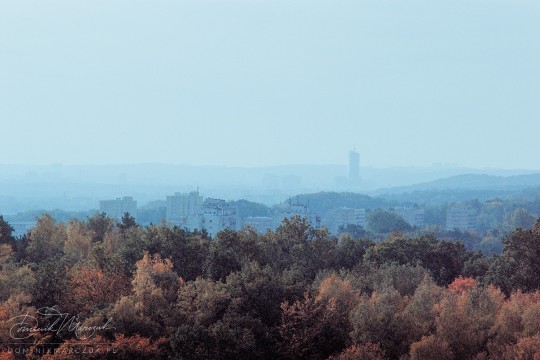
A simple test, which I probably should have run earlier, revealed what was going on. Comparing the light meter readings between the Minolta and the Nikon F100, I determined that the Minolta indicated faster shutter speeds than it should. Off to the repair shop it went again.
Sadly, the diagnosis wasn’t optimistic. The light meter consistently showed shutter speeds slightly over 1 stop underexposed, and wasn’t fixable. The workaround was to set the exposure compensation to +1 or to change the ISO setting to half the box speed. For a time, I lived with it. I reluctantly shot everything 1 EV slower than the box speed. If that was the price to pay for using the XD7, I was ready to pay it. I even changed the shrunken vinyl leatherette to a red artificial leather to give the camera a bit of a personal touch.
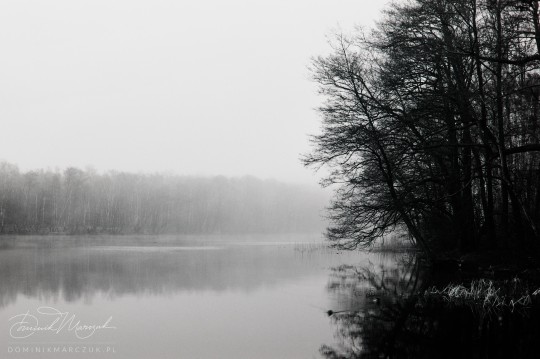
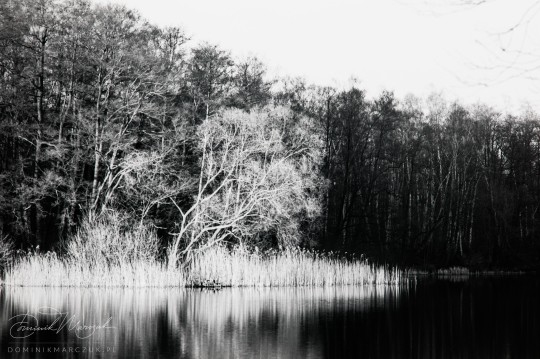
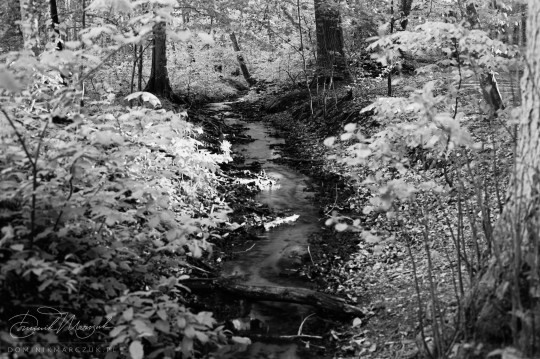
Until disaster struck. I took the XD7 for a walk and came back with light leaks on the film. Not all frames were ruined, but annoyingly, the best ones were. The weird thing was that the light leaks weren’t identical. They were all vertical lines going straight across the frame, mostly in the same spot. However, while the majority were red-yellow, there were also a few white ones. It looked like the film was being struck by light from two different directions: usually from the back, but sometimes from the front.
I tried changing the light seals: there were still some light leaks. Then I changed the light seals again: still no improvement. I added more light seals: the camera back’s latch barely engaged, and the leaks weren’t gone. When I removed some of my shoddy light seals, the entire film came out black, edge to edge.
It’s a testament to my subpar workmanship, not an issue with the camera itself, but I decided enough was enough. I removed any remaining light seals and decided to sell the camera, indicating the light meter issue and the necessity to install fresh light seals. It was a shame, but I couldn’t let my favourite camera ruin my frames or my mood.
Third Time’s the Charm?
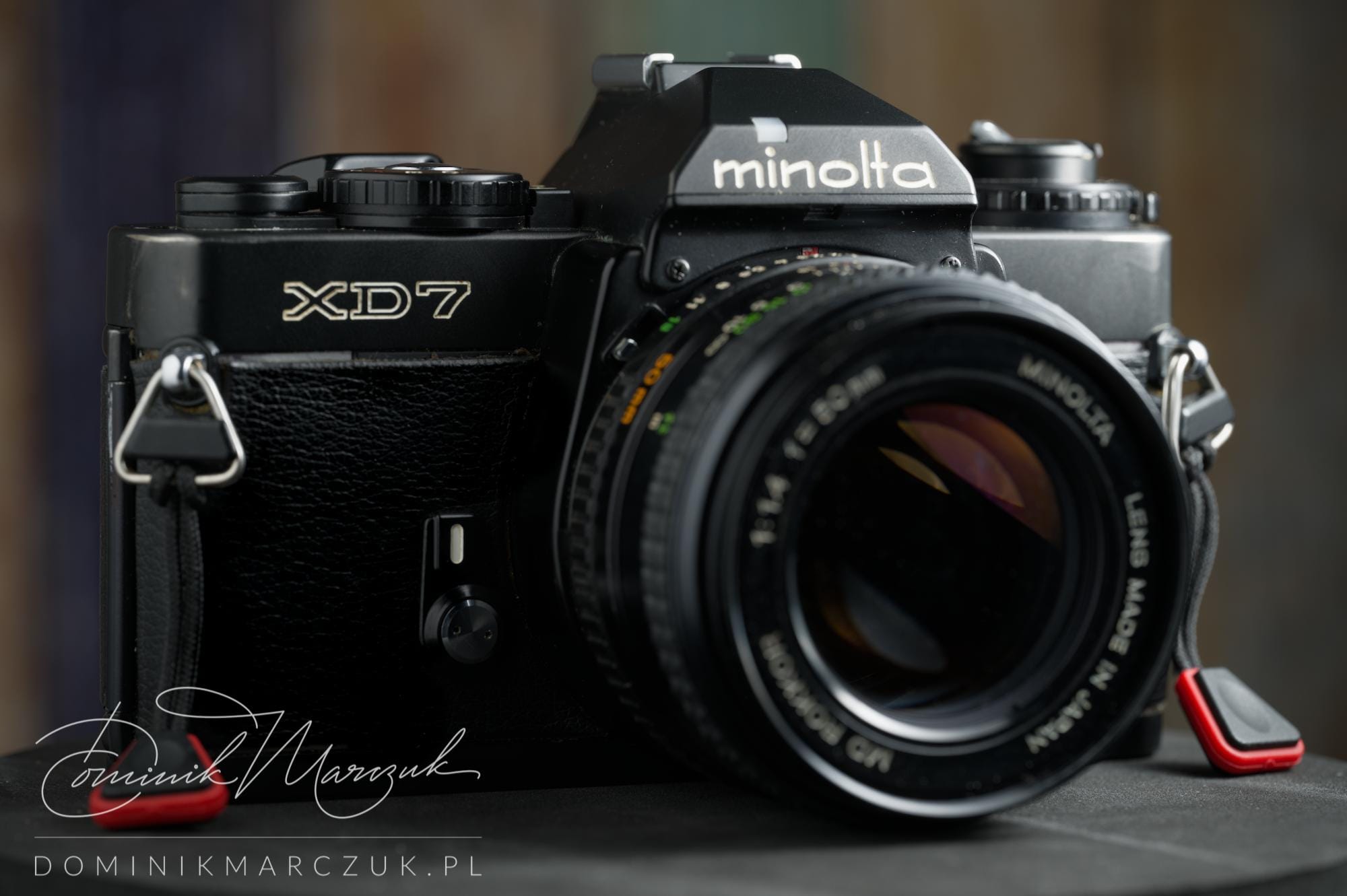
Hunting for working XD7 bodies in my area yielded no results. When I was about to give up, a promising result popped up on eBay. It was a black unit, which was considered more “professional” than the usual silver ones. The insides are, obviously, identical, but since there are fewer black units on the used market, they tend to go for more elevated prices. The camera was bundled with a 28-70 zoom lens in mint condition, a strap salvaged from a newer Minolta, and a handy padded shoulder bag that easily fits the camera with perhaps one additional prime, perfect for travelling. The description promised a fully working camera, and the price tag was 30% lower than that of other XD7 units in mint condition. I snatched it immediately.
A quick inspection revealed no issues. The light meter was accurate. The shutter speeds were plausible. Automation modes worked, aperture stopped down snappily, and light seals were in excellent condition. The camera shipped with batteries installed, and I decided to give them a week to cure. My multimeter showed no drainage.
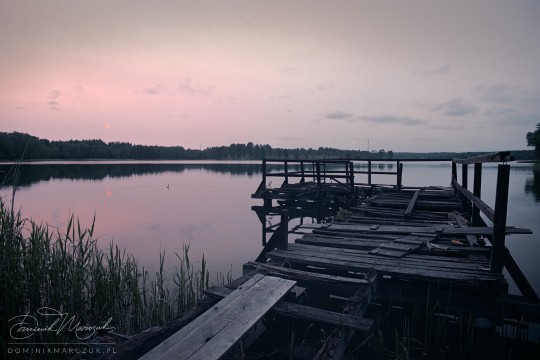
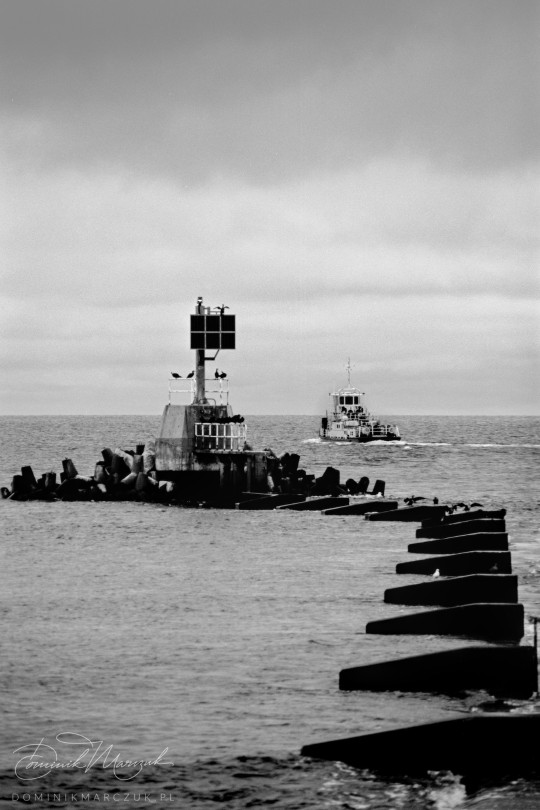

As soon as I went out to shoot a test roll, something odd happened. I closed the camera’s back, wound the film, fired the shutter… and it opened the front curtain, but failed to close the rear one. I thought the batteries I’d installed weren’t as charged as I’d imagined. So I installed new ones on the spot, and the shutter closed. After maybe half an hour, and a few exposures later, the same happened again: front curtain open, rear curtain not closing. I noticed that switching to a mechanical speed made the rear shutter close, but all electronic speeds had the same problem. Once the malfunction occurred, no electronically-controlled speeds worked. The problem went away when I “hard reset” the camera by removing the batteries and installing them again. So there was an intermittent problem with the electronics.
It took me two film rolls, and around five wasted frames, to determine this. The problem would start happening at a random moment, maybe once a day, then go away after the “hard reset”. Additionally, I noticed that the light meter occasionally went crazy: the reading would go up and down the scale, finally stopping on the “overexposed” reading before returning to normal operation after a few minutes. It all happened rarely and unpredictably.
It was time to go to the repair shop yet again. The technician there either loves me for being a faithful customer or hates me with a passion. I suspect the latter. Either way, after an unusually long wait, I finally received my third XD7. The shutter issue was fixed. The light meter wasn’t. It took the repair shop yet another two months to deal with the light meter problem.
Final Triumph
The journey took me a year and a half. In the meantime, I obtained a Minolta X-500 to have a working replacement camera for my SR lenses. But finally, a fully working XD7 is in my hands, and I can’t overstate how happy it makes me feel.
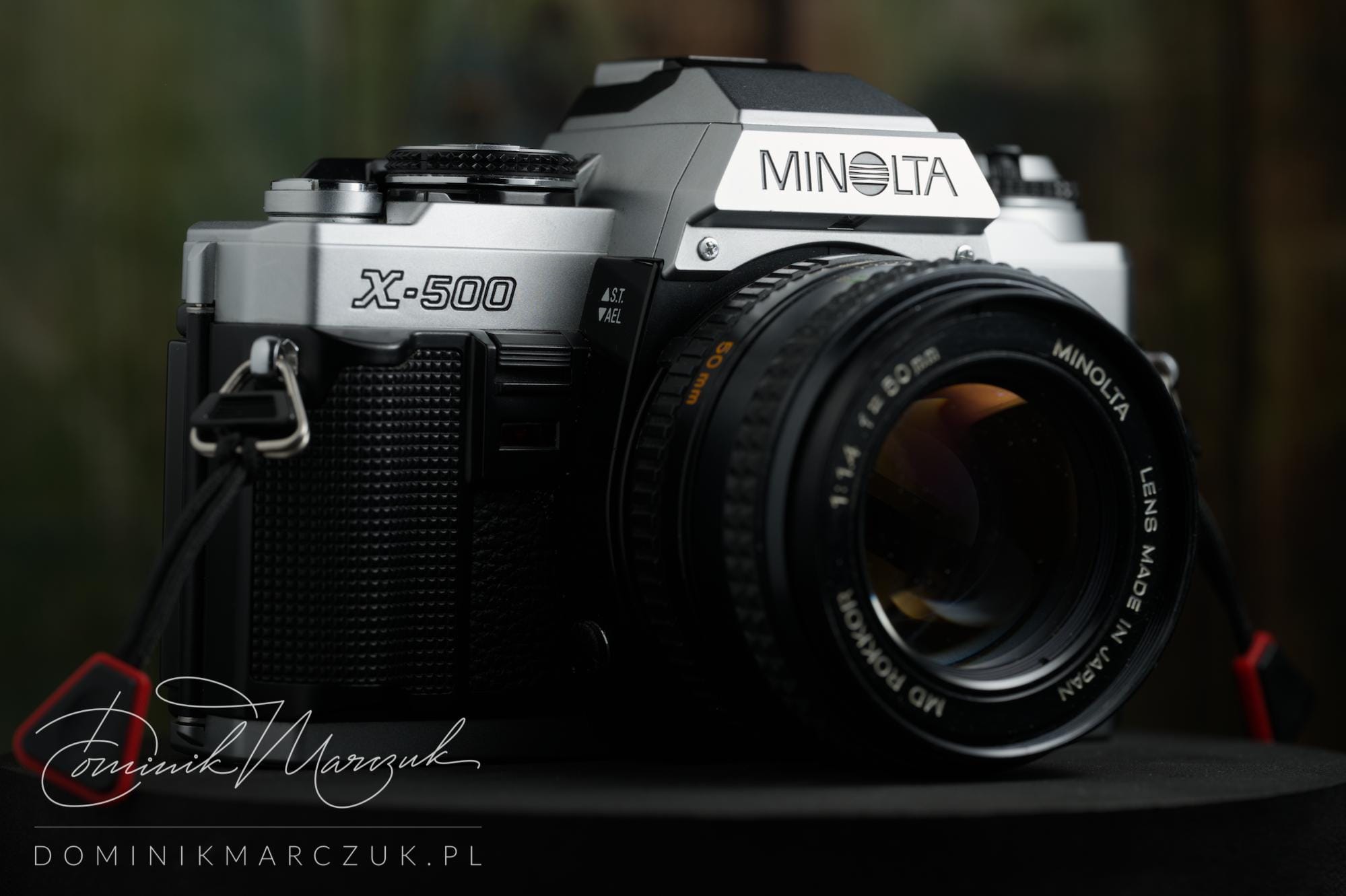
Over the months of handling three different XD7 units, I learned that photography was about having fun, not just about taking pictures. The XD7 brings me joy. I love using it, I find its controls intuitive and pleasant, and I think it looks stunning. It’s my dream analogue SLR, no doubt about it, and I’m overjoyed to finally have one in a fully working state.
The journey has additionally taught me something about buying cameras. It’s imperative to shop wisely. A vintage camera will, without a doubt, always be in need of maintenance or repairs. It doesn’t matter if the seller describes its condition as “mint”. If at all possible, I will try to hunt for gear locally, where I can test what I buy. If using eBay, I’ll make sure I can always return the camera or at least get a refund if its condition isn’t as advertised.
As a bonus, here's my final Minolta XD7 with the shrinking leatherette replaced.
